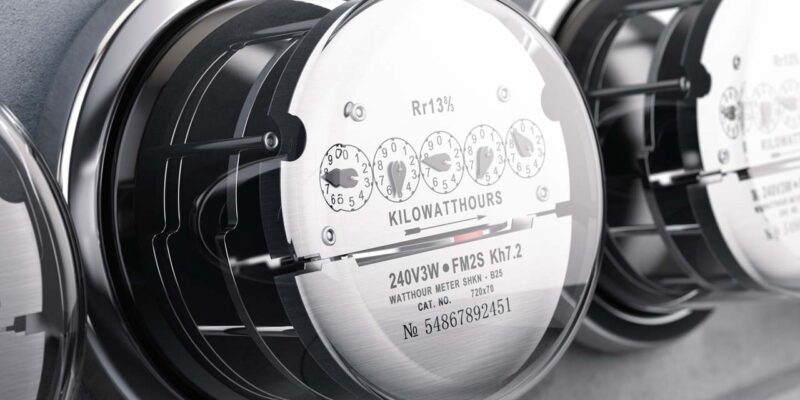Hindsight is 20/20. And we can all clearly give thanks that 2020 is in the rearview. But if we had to pick one silver lining or winner for the year, the power grid would be a strong contender. A new study from the University of Wisconsin-Oshkosh reports a 7.5% nationwide decrease in energy consumption for 2020, as compared to 2019. But what caused the reduction, what were the ripple effects, and how can this research be used for the future?
While the majority of us were in lockdown and used more energy at home, the reduced impact was seen across nearly every other industry measurable including the transportation, commercial, and industrial sectors. Alaska was the only state to use more energy than the previous year, due to a harsher winter and fewer lockdown measures. Hawaii meanwhile led the pack (from behind) with a whopping 26% energy reduction. The drop in consumption for the state is attributed to lack of tourism during the first half of the year.
This leads into another important observation picked up by the study. When energy usage was reduced, GDP followed suit. A large portion of Hawaii’s economy is based on tourism, so maybe unsurprisingly, it was the most impacted. Compared to 2019, there was a 10.8% decline in GDP. But a similar trend was seen across the whole country, and energy reduction even had a higher correlation to GDP than county health.
Warren Vaz, the researcher behind the study, hopes his work can help policymakers and utilities managers better prep for the future. The impact on the economy is one such example. But another point more easily overlooked could be how long it took for Vaz to collect all the data he needed. It took about two years to understand the impact of the pandemic on our grid. While energy usage decreased this time, we’ll continue to push our infrastructure to the limit, and collecting and distributing data will help us stay ahead of potential problems down the line.
If you’re ready to dip your toes in and learn more about the report, check out the summary on Science News. And if you’re ready to dive into the deep end, you can find the whole study here and our exploration of the future of the power grid.
















Comments